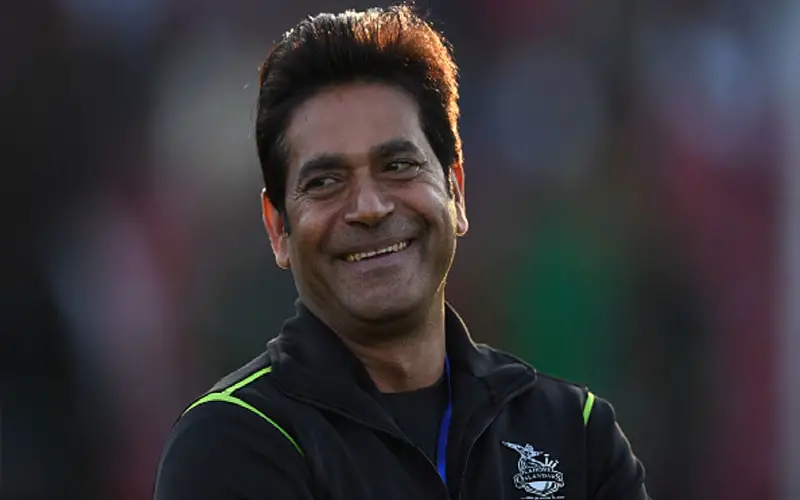A one-day international is a limited-overs game played between the two teams. Each team plays a fixed number of overs—50 overs. The first ODI match was played between Australia and England in 1971. The bowlers play an essential role in their respective sides. After winning the toss, whichever side chooses to bowl gets on the field with the restricted score in their minds that they want their opponents to make, and the bowlers are the ones who help their teams by giving fewer runs and taking more wickets. After setting the score on the board, the opponent team relies on their bowlers to bowl well and take wickets to win the game.
1. Chaminda Vaas
Chaminda Vaas was born on January 27, 1974. He is a former cricketer for the Sri Lankan team. He was a left-arm fast-medium bowler and played a vital role in his team. He is known as one of the greatest bowlers in ODI history, as he is the only one who has taken eight wickets in ODI history. He played 322 ODI matches and took 400 wickets at a bowling average of 27.53. His best bowling figure in ODIs was 8/19 against Zimbabwe. Before his retirement, in his last ODI match, he bowled Yuvraj for a duck and achieved his 400th wicket. He retired as a cricketer in 2009.
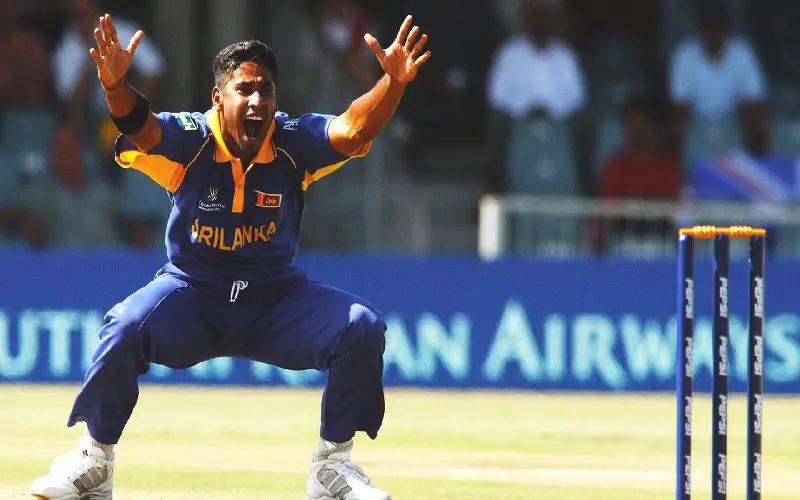
2. Shahid Afridi
Shahid Afridi was born on March 1, 1977. He is a former Pakistani cricketer and captain who served his team from 1996 to 2018. Afridi was a right-handed batsman and a right-arm leg spinner. He made his ODI debut against Kenya in 1996. He played 398 matches in his ODI career and took 395 wickets at a bowling average of 34.51. His best ODI bowling figure is 7/12 against the West Indies, considered one of the best figures in ODI history. He retired as a cricketer in 2018 from all formats.
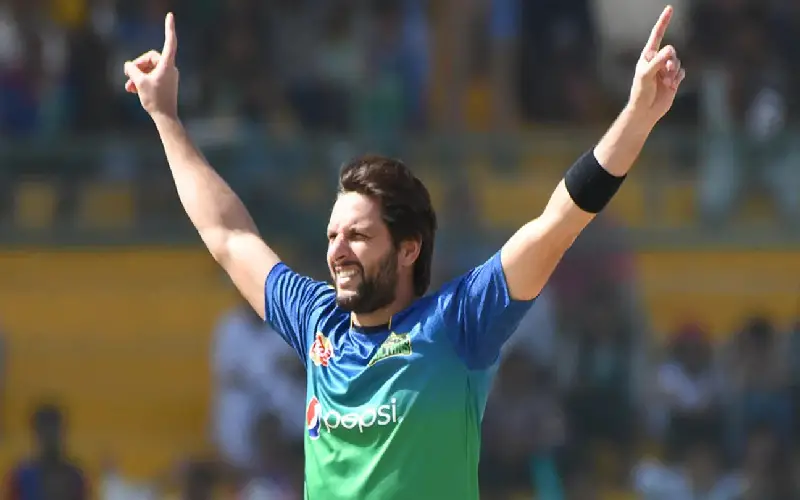
3. Glenn Mcgrath
Glenn Donald McGrath (born February 9, 1970) is a former Australian player who played for Australia from 1993 to 2007. He was a right-arm fast-medium bowler well known for his excellent bowling style. He made his ODI debut against South Africa in 1993. When Australia won the 1999, 2003 and 2007 Cricket World Cup, he was a part of the team and helped his team with his exceptional bowling skills. He played 250 ODI matches in his ODI career and took 381 wickets at a bowling average of 22.02. His best bowling figure in ODIs was 7/15 against Namibia in the World Cup 2003. He retired in 2007.
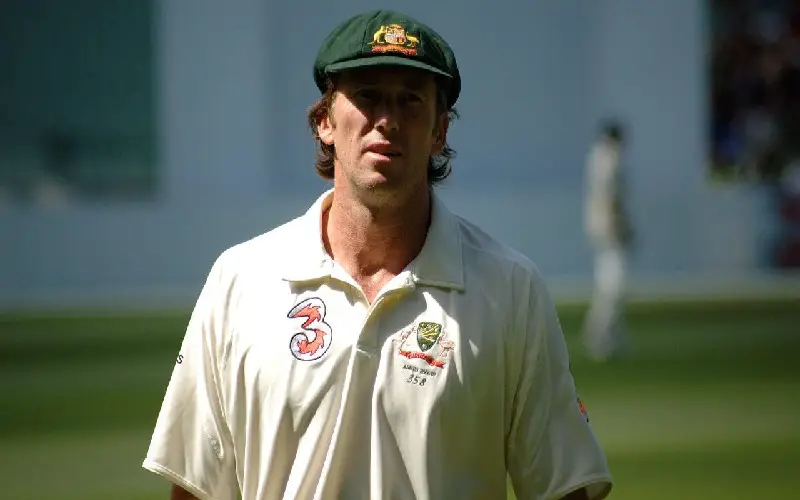
4. Rashid Khan
Rashid Khan (born September 20, 1998) plays for Afghanistan. He is an Afghani cricketer and plays for Afghanistan in all the cricket formats. Rashid is a captain in the T20 format. He is a right-arm leg-break bowler who bowls beautifully and takes the batsman by surprise. He made his ODI debut against Zimbabwe in 2015. Until now, he has played 86 ODI matches and taken 163 wickets at a bowling average of 18.55. He holds the record for one of the best bowling figures in ODIs. His best bowling figure in ODIs was 7/18 against the West Indies.
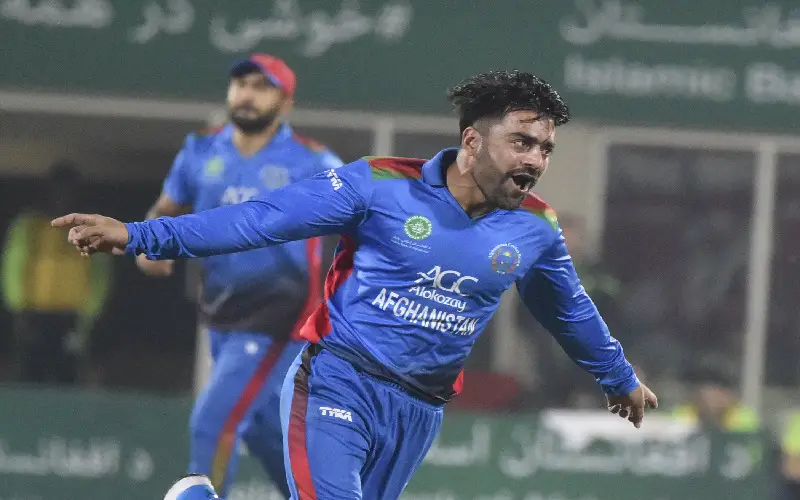
5. Andrew John Bichel
Andrew John Bichel was born on August 27, 1970. He is a former Australian cricketer who played for Australia in all formats of cricket from 1997 to 2004. He was a right-arm medium-fast bowler. He had a short cricket career, but he still holds one of the best bowling figures in ODI history. He made his ODI debut against the West Indies in 1997. He played 67 ODI matches and took 78 wickets at a bowling average of 31.57. His best bowling figure in ODIs was 7/20 against South Africa in the 2003 ODI World Cup. He retired in 2004 and started coaching his nation’s side.
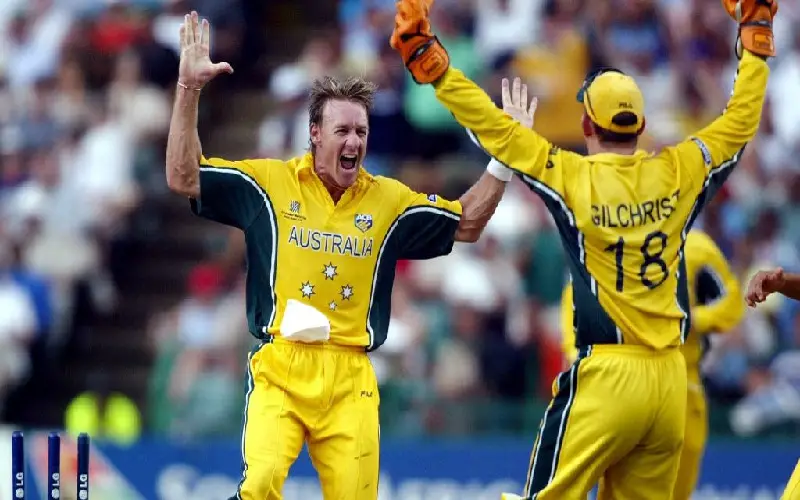
6. Muttiah Muralitharan
Muralitharan (born April 17, 1972) is a former Sri Lankan cricketer who played for Sri Lanka in all formats from 1992 to 2011. Currently, he is serving as the coach of the Sri Lankan cricket team. He made his ODI debut against India in 1993. He is a right-arm off-brake bowler. He is one of the greatest bowlers in history and holds the record for the best bowling figures in ODI matches. He has played 350 ODI matches and taken 534 wickets at a bowling average of 23.08. His best bowling figure in ODIs was 7/30 against India. He retired from all formats of cricket in 2011.
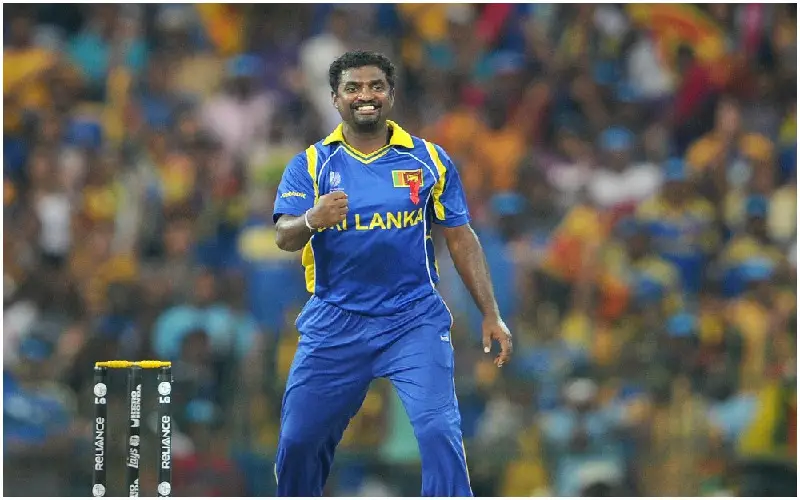
7. Tim Southee
Tim Southee was born on December 11, 1988. He is a New Zealand cricketer and plays in all formats of cricket. He is the test captain of the New Zealand cricket team. He is a right-arm fast-medium bowler. On June 15, 2008, he made his ODI debut against England. Until now, he has played 154 ODI matches and taken 210 wickets at a bowling average of 33.46. His best bowling figure in ODI was 7/33 against England in 2015.
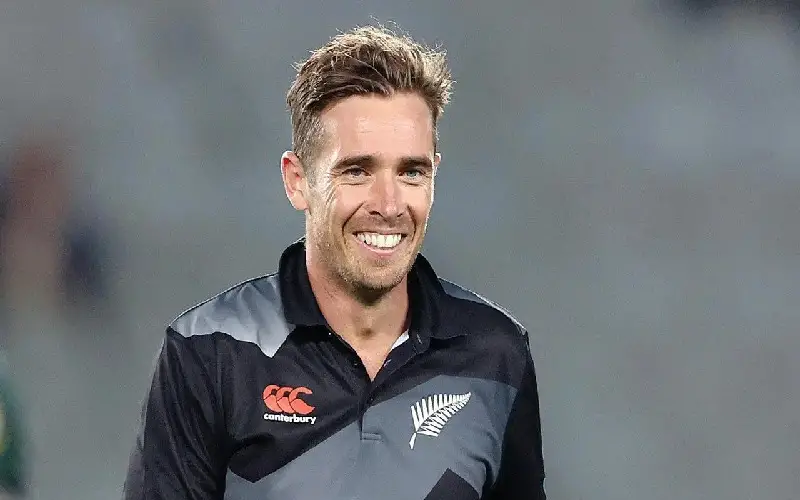
8. Trent Boult
Trent Boult (born July 22, 1989)is a New Zealand cricketer. He plays for the New Zealand cricket team in all formats. He is a left-arm fast-medium bowler and was a team member when they won the 2019–21 ICC World Test Championship. In 2019, he became the first bowler for New Zealand to take a hat trick in the Cricket World Cup. Until now, he has played 89 ODI matches and taken 187 wickets at an average of 23.98. His best bowling figure in ODI was 7/34 against the West Indies in 2017.
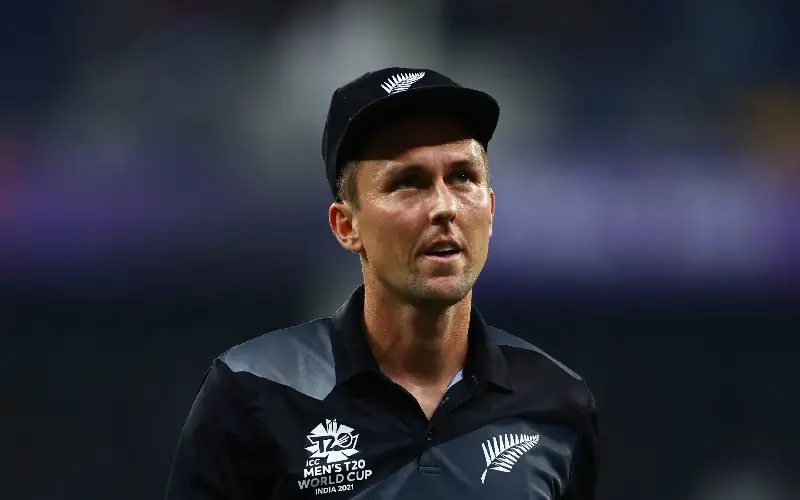
9. Waqar Younis
Waqar Younis was born on November 16, 1971. He is a former Pakistani cricketer and captain who led Pakistan for many years and was the most successful captain of his time. Currently, he serves as a commentator and a cricket coach for the Pakistan cricket team. He is a right-arm fast bowler who did an excellent job for his side as a successful bowler. He made his debut in an ODI against the West Indies in 1989. He has played 262 ODI matches and taken 416 wickets at an average of 23.84. His best bowling figure in ODI was 7/36 against England in 2001.

10. Aaqib Javed
Aaqib Javed was born on August 5, 1972. He is a former Pakistani cricketer who played for Pakistan in all formats of cricket. He is a right-arm fast-medium bowler and was a great bowler for the Pakistani cricket team. He was a part of the 1992 Cricket World Cup, which they won. He made his ODI debut in 1998 against the West Indies. He has played 163 ODI matches and took 182 wickets at an average of 31.43. His best bowling figure in ODIs was 7/37 against India.
